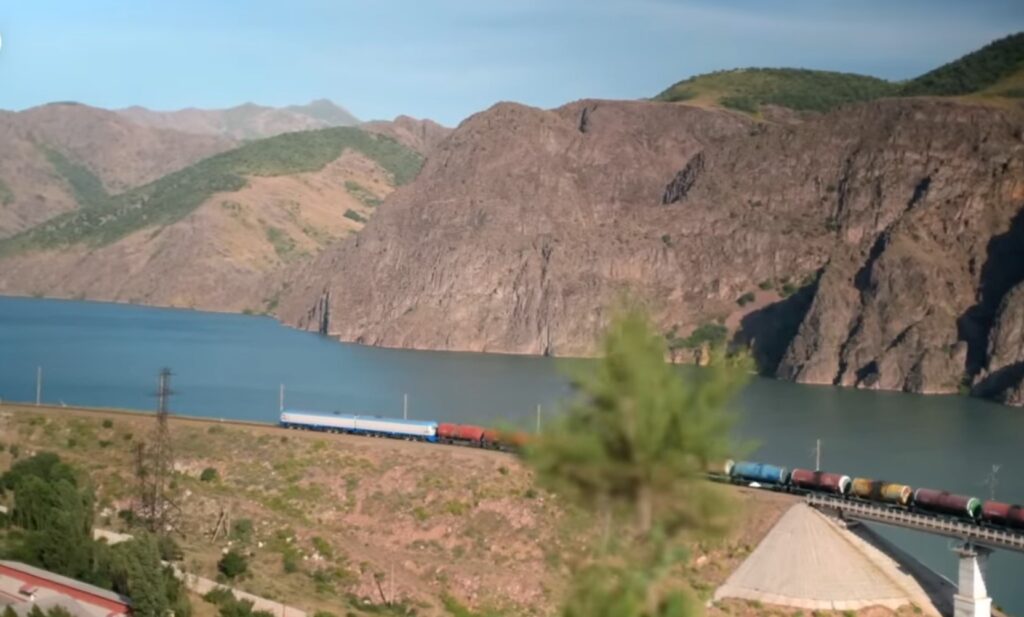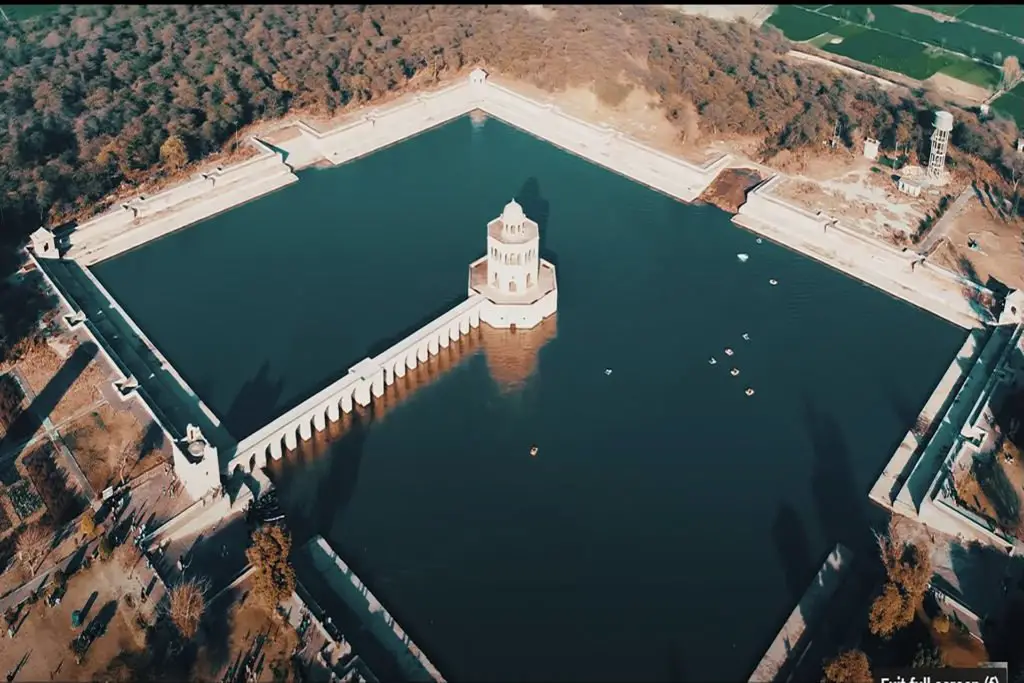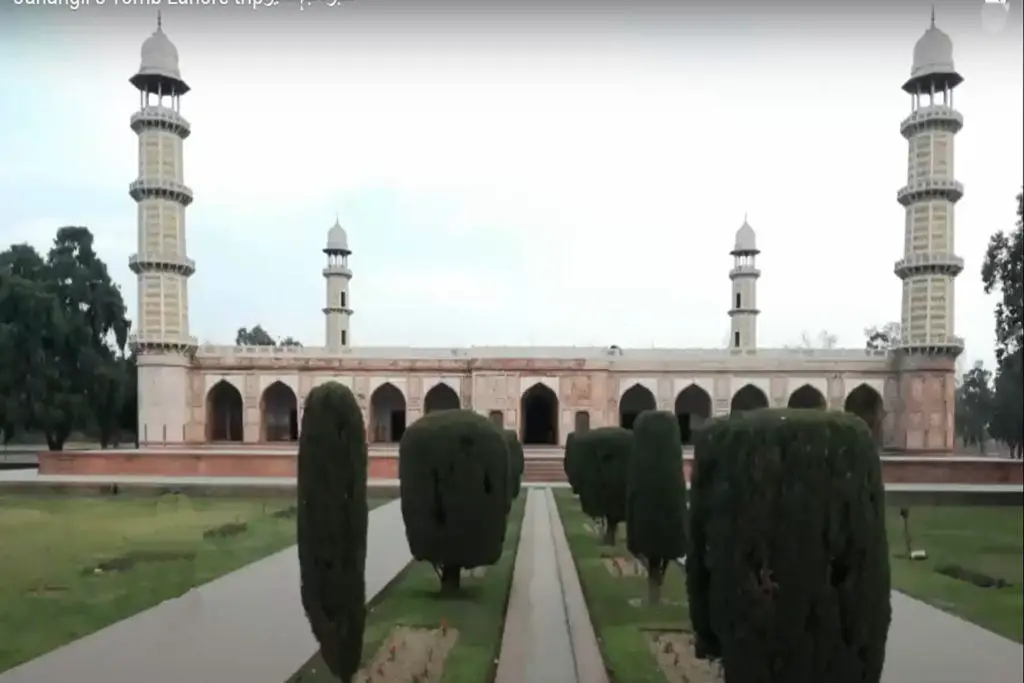Introduction:
The Silk Road, a legendary network of trade routes that spanned thousands of miles, stands as a testament to the remarkable interconnectedness of ancient civilizations. From its origins in Xi’an, China, to its far-reaching destinations in the West, the Silk Road played a pivotal role in shaping the exchange of goods, ideas, and cultures between the East and the West. This article delves into the historical significance of the Silk Road, its impact on trade and cultural diffusion, and its enduring legacy.
The Silk Route Definition
The Silk Road refers to a historical network of trade routes that connected the civilizations of the East and the West. It was a vast and complex system of overland and maritime routes that facilitated the exchange of goods, ideas, and cultures between different regions and civilizations. The Road derived its name from the prominent role played by Chinese silk as one of the most coveted commodities transported along the routes.
The term “Silk Road” was coined by the German geographer Ferdinand von Richthofen in the late 19th century. However, the routes and trade connections that comprised the Road had been in operation long before the term was coined.
The Silk Road was not a single, fixed route but rather a network of interconnected paths that evolved over time. It spanned thousands of miles, starting from various points in China, particularly the city of Xi’an, and extended westward to reach destinations such as Central Asia, the Middle East, the Mediterranean, and even as far as Europe.
The Silk Road facilitated the exchange of a wide range of goods and commodities. Besides silk, other highly prized items included spices, precious metals, gemstones, ceramics, textiles, exotic animals, and agricultural products. However, the Silk Road was not just a conduit for material trade; it also served as a conduit for the exchange of ideas, religions, technologies, and cultural practices.
The trade routes of the Silk Road not only had economic significance but also had far-reaching cultural, social, and political impacts. They fostered cultural diffusion, facilitated the spread of religions such as Buddhism, Nestorian Christianity, and Islam, and promoted the exchange of knowledge, scientific advancements, and artistic traditions.
Over time, this Road played a crucial role in shaping the development and interactions of civilizations across different regions, leading to the emergence of cosmopolitan cities, the rise of powerful empires, and the formation of cultural syncretism.
The importance of the Silk Road gradually diminished with the development of maritime trade routes and geopolitical changes. However, its legacy continues to inspire and captivate the imagination, symbolizing the interconnectivity and cultural exchange that have shaped the world throughout history.
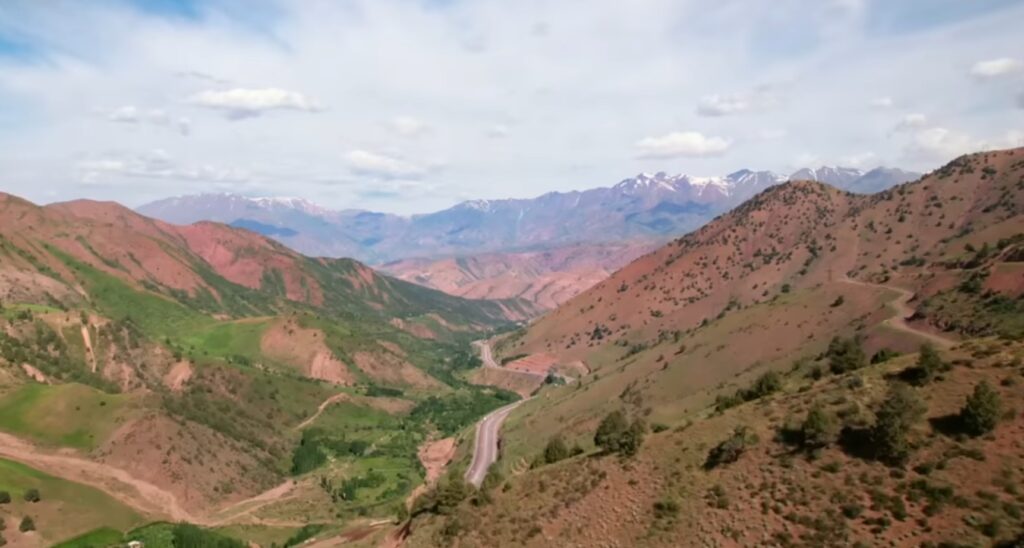
A Highway of Commerce:
The Silk Road served as a lifeline for trade, facilitating the exchange of a vast array of commodities between China and the West. Chinese silk, known for its exquisite quality, became a highly sought-after luxury item in the West. Alongside silk, other goods such as spices, precious metals, gemstones, ceramics, and textiles traversed the route. This extensive trade network enhanced economic prosperity and fostered cultural interaction between diverse societies.
Cultural Crossroads:
Beyond its role as a trade route, the Silk Road served as a conduit for the exchange of ideas, beliefs, and knowledge. As merchants and travelers journeyed along the path, they brought with them their languages, religions, philosophies, and artistic traditions, enriching the cultural tapestry of the regions they traversed.
Religious Influence of the Silk Road:
One of the significant legacies of the Silk Road was the transmission of religious beliefs. Buddhism, originating in India, spread eastward to China, taking root along the Road. The route also facilitated the exchange of other religions, such as Nestorian Christianity and Manichaeism. These religious movements shaped the spiritual landscape of the regions they touched, leaving behind enduring influences.
Technological and Scientific Exchange:
The Road not only facilitated the exchange of goods and ideas but also spurred advancements in technology and science. As merchants traveled through different regions, they introduced new agricultural techniques, irrigation systems, and improved metallurgy. Additionally, the exchange of knowledge led to advancements in astronomy, medicine, and cartography.
The Journey:
Traveling along the Silk Road was no easy feat. Caravan routes spanned vast deserts, treacherous mountain passes, and unpredictable terrains. Travelers faced numerous challenges, including extreme weather conditions, bandits, and language barriers. Yet, despite the hardships, it remained a bustling path of commerce and cultural encounters.
The Silk Route – Starting Point to End
The Silk Road was not a single defined route but a network of trade routes that evolved over time. It had various branches and paths, and the exact routes taken by traders varied depending on factors such as geography, politics, and personal preferences. However, I can provide a general overview of the main routes and key destinations along the Silk Road:
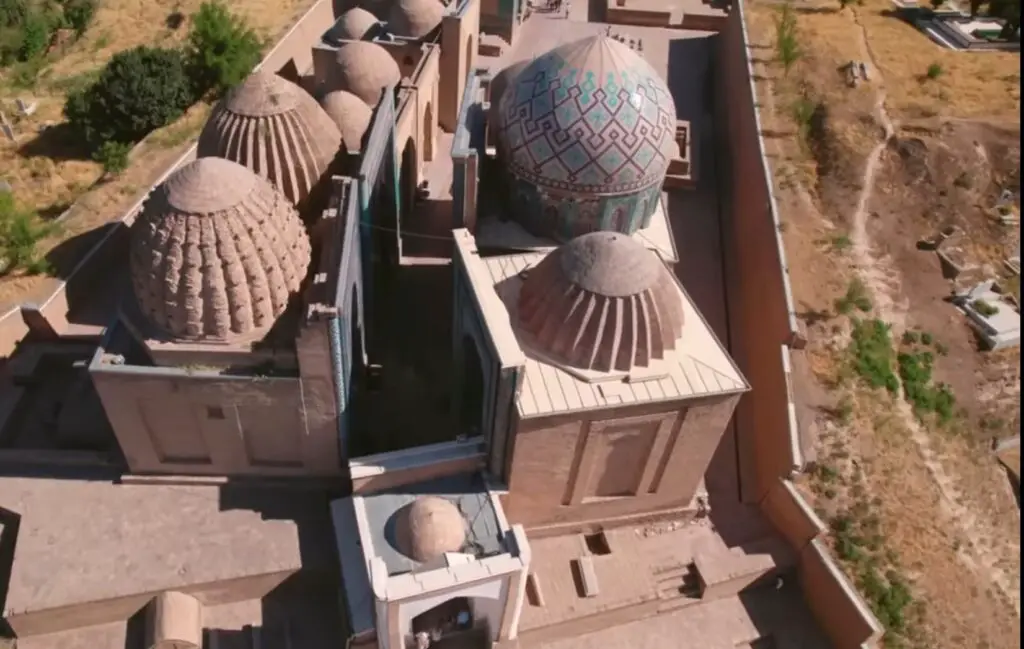
Xi’an (China) – Starting Point: The Silk Road typically began in the ancient city of Xi’an (or Chang’an), the capital of several Chinese dynasties. Xi’an was a major economic and cultural hub, and it served as the eastern starting point for trade caravans.
Hexi Corridor: From Xi’an, the route passed through the Hexi Corridor, a narrow strip of land in present-day Gansu Province, China. This corridor provided a passage through the formidable barriers of the Gobi Desert and the Tibetan Plateau.
Dunhuang: The city of Dunhuang, located at the crossroads of the northern and southern routes, played a crucial role as a trading post and a center for cultural and religious exchange. It was known for the Mogao Caves, which housed intricate Buddhist art and manuscripts.
Taklamakan Desert: Beyond Dunhuang, traders faced the formidable challenge of crossing the Taklamakan Desert, one of the world’s largest and most inhospitable deserts. Various routes diverged across the desert, with some skirting its northern edge and others crossing through its center.
Kashgar: Kashgar, located in present-day Xinjiang, China, was a major oasis city and a bustling center of trade. It served as a crucial junction where the northern and southern routes of the Silk Road converged.
Pamir Mountains: From Kashgar, the Silk Road ascended into the Pamir Mountains, a mountainous region shared by present-day Tajikistan, Afghanistan, and Kyrgyzstan. The mountain passes presented a challenging but essential part of the journey.
Central Asia: Traders traversed through various Central Asian regions, including present-day Uzbekistan, Turkmenistan, and Kazakhstan. Cities like Samarkand, Bukhara, and Merv thrived as centers of trade, culture, and intellectual exchange.
Persia (Iran): Continuing westward, the Silk Road reached Persia (modern-day Iran), with important trade cities such as Tehran and Isfahan. Persia was renowned for its rich cultural heritage and its role in connecting the East and the West.
Mesopotamia: The Silk Road then proceeded through Mesopotamia, the fertile region between the Tigris and Euphrates rivers. Key cities along this stretch included Baghdad and Mosul.
Levant: The final leg of the Silk Road led to the Levant region, encompassing present-day Syria, Lebanon, Israel, and Jordan. Major trading hubs in this area included Damascus, Aleppo, and Tyre.
Mediterranean Sea: Upon reaching the Levant, goods from the Silk Road were transported by sea across the Mediterranean to ports such as Alexandria, Antioch, and Rome, marking the end of the Silk Road’s overland journey.
It’s important to note that this is a generalized overview, and the actual routes and destinations along the Silk Road varied over time and depending on specific circumstances. The Silk Road was a dynamic and evolving network that facilitated trade, cultural exchange, and the transmission of ideas between the East and the West for centuries.
Silk Road in Pakistan
Pakistan played a significant role in the Silk Road’s history and served as an important crossroads along its routes. Situated at the crossroads of South Asia, Central Asia, and the Middle East, Pakistan’s geographical location made it a crucial link between the East and the West.
Various routes of the Road passed through the region that is now Pakistan, connecting it with neighboring countries and facilitating trade and cultural exchange. Here are some key aspects of Pakistan’s association with the Silk Road:
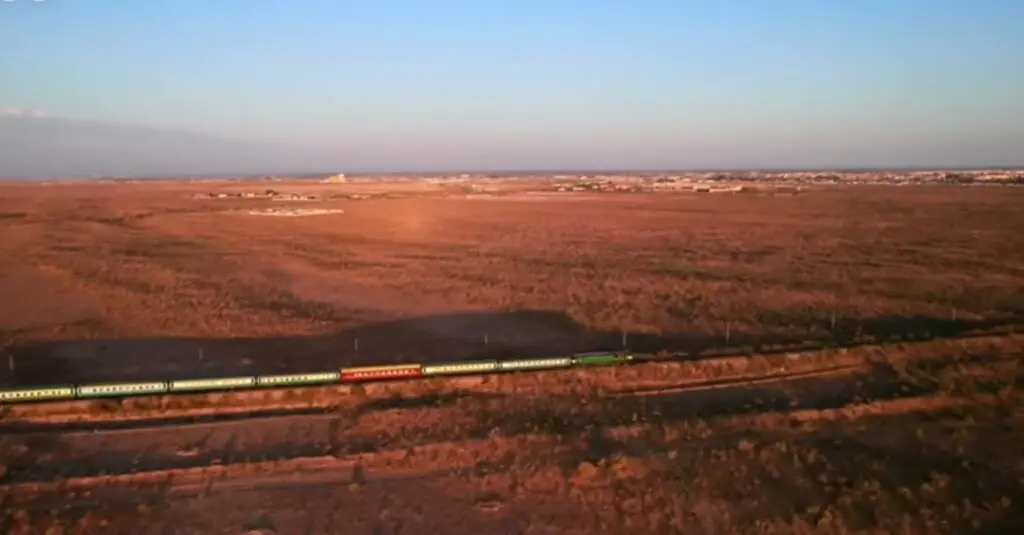
Indus Valley Civilization: The ancient Indus Valley Civilization, one of the world’s oldest urban civilizations, thrived in present-day Pakistan around 2500 BCE. The Indus Valley cities, such as Harappa and Mohenjo-daro, were centers of trade, producing and exporting goods such as textiles, pottery, and precious metals. These goods likely found their way into the broader Silk Road trade networks.
Gandhara Region: The Gandhara region, located in present-day northern Pakistan and eastern Afghanistan, was a significant center of Buddhist art and culture. Gandhara served as a crucial junction on the Silk Road, linking South Asia, Central Asia, and China. The region’s Buddhist stupas, monasteries, and sculptures influenced the spread of Buddhism along the Silk Road.
Trade Hubs: Several cities and regions in Pakistan served as important trade hubs along the Silk Road. Taxila, located near Islamabad, was a prominent center of learning and trade. Multan, in present-day Punjab province, was renowned for its production of textiles, particularly silk, which was a highly sought-after commodity on the Silk Road.
Khyber Pass: The Khyber Pass, a mountainous corridor connecting Pakistan with Afghanistan, served as a vital trade route on the Silk Road. Traders, caravans, and armies traversed this pass, transporting goods and ideas between South Asia and Central Asia.
Cultural Exchange: The Silk Road facilitated cultural exchange and the spread of ideas and religions. Pakistan embraced various religious traditions along the Silk Road, including Buddhism, Hinduism, Islam, and elements of Greek, Persian, and Central Asian cultures. These influences are reflected in the region’s historical architecture, art, and customs.
Maritime Connections: While the Silk Road was primarily associated with overland trade, maritime connections were also crucial. The ancient port city of Karachi, located in present-day Pakistan, served as a gateway for maritime trade, connecting the Silk Road routes with trade routes in the Arabian Sea and the Indian Ocean.
Today, Pakistan recognizes the historical importance of the Silk Road and its cultural heritage. The country is working on various initiatives to promote tourism, preserve archaeological sites, and foster cultural exchange along the Silk Road routes within its borders. The China-Pakistan Economic Corridor (CPEC), a part of China’s Belt and Road Initiative, further emphasizes Pakistan’s role as a modern trade and connectivity hub in the region.
Enduring Legacy:
Although the Silk Road gradually declined with the rise of maritime trade and political changes, its impact on the world was far-reaching. The Road fostered a sense of interconnectivity, intercultural dialogue, and mutual understanding between civilizations. The exchange of goods, technologies, and knowledge contributed to the development and enrichment of societies along the route and beyond.
Revival and Modern Significance:
In recent years, there has been a resurgence of interest in the Silk Road. Various initiatives, such as the Belt and Road Initiative (BRI), seek to revive and modernize the ancient trade routes, promoting economic cooperation, infrastructure development, and cultural exchange between Asia, Europe, and Africa. The legacy of the Road continues to inspire exploration, scholarly research, and artistic expression.
In recent times, there has been a renewed fascination with the Silk Road as scholars, historians, and travelers seek to uncover its hidden treasures. Archaeological excavations along the route have unearthed ancient cities, trade hubs, and remnants of diverse cultures that once thrived along the Road. These discoveries shed light on the complex networks of commerce and cultural exchange that existed centuries ago.
Tourism along the Silk Road has also gained popularity, as adventurers and history enthusiasts embark on journeys to retrace the footsteps of ancient traders. Travelers can witness the remnants of ancient caravanserais, visit UNESCO World Heritage Sites, and immerse themselves in the vibrant traditions of the regions that once flourished along the Silk Road.
Cultural Preservation and Collaboration:
Preserving the cultural heritage of the Silk Road has become a collective effort. Countries along the route are recognizing the importance of safeguarding and promoting their shared history. Collaborative projects and initiatives are being undertaken to preserve archaeological sites, restore ancient trade routes, and establish museums dedicated to showcasing the diverse cultural legacies of the Silk Road.
These collaborative efforts not only contribute to cultural preservation but also foster diplomatic ties and promote cultural diplomacy among nations. By embracing their shared heritage, countries are fostering mutual respect and understanding, building bridges between cultures, and promoting peace and cooperation.
The Digital Silk Road:
In the digital age, the concept of the Silk Road has expanded beyond physical trade routes. The term “Digital Silk Road” has emerged, referring to the modern connectivity and exchange of information and technology between countries. As the world becomes increasingly interconnected through digital platforms, the spirit of the Road is being reimagined in the context of the virtual realm.
Technological advancements, e-commerce, and digital platforms have facilitated cross-border trade, knowledge exchange, and cultural interactions that echo the essence of the historic Road. This new iteration of the Silk Road opens up opportunities for collaboration, innovation, and mutual learning in the 21st century.
The Silk Road remains an enduring symbol of the power of trade, cultural exchange, and human connectivity. It transformed the ancient world and continues to inspire us today. As we delve into the history of the Road, we gain valuable insights into the complexities of our shared past and the potential for cooperation and understanding in our globalized world.
Whether through the physical remnants of ancient cities, the revival of trade routes, or the digital realm of the Digital Road, the legacy of the Road continues to captivate our imagination, reminding us of the rich tapestry of human history and the boundless potential for dialogue, collaboration, and cultural exchange across borders.
As we move forward, let us embrace the spirit of the Silk Road, cherishing our interconnectedness, celebrating our diversity, and fostering mutual respect and understanding in the pursuit of a more harmonious and prosperous world.

